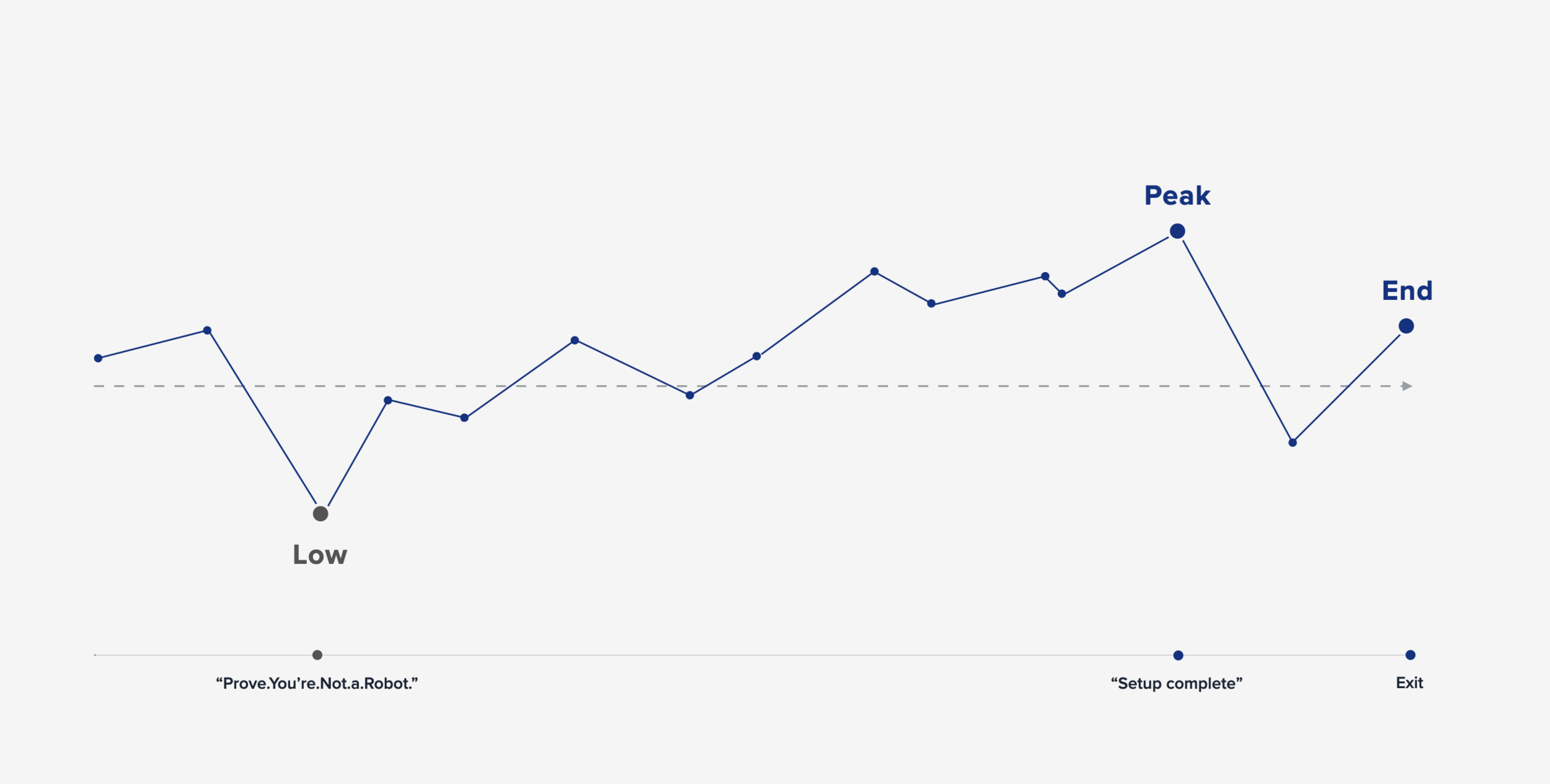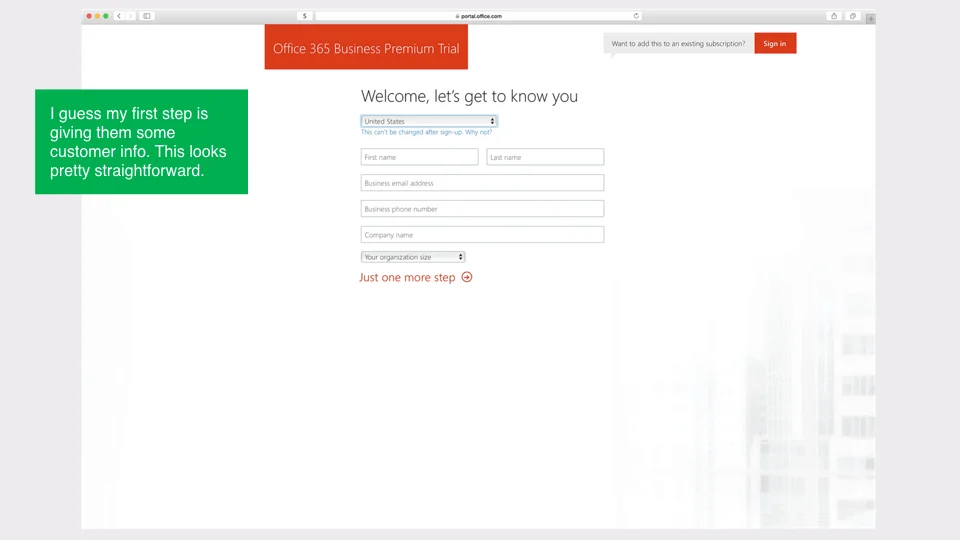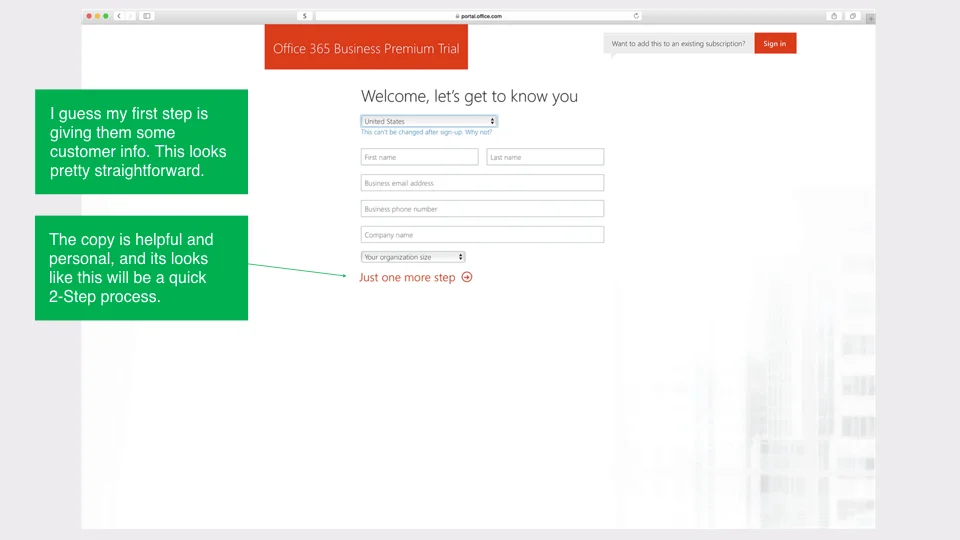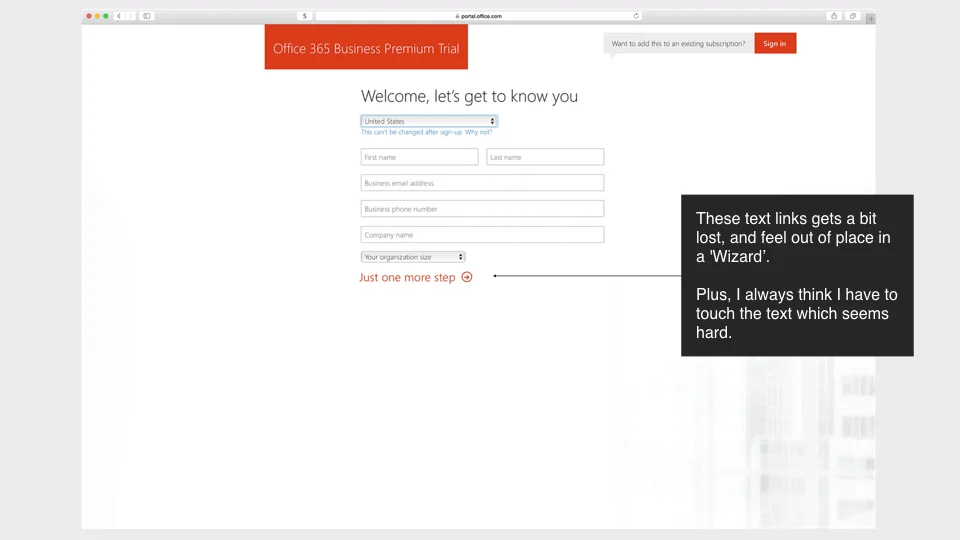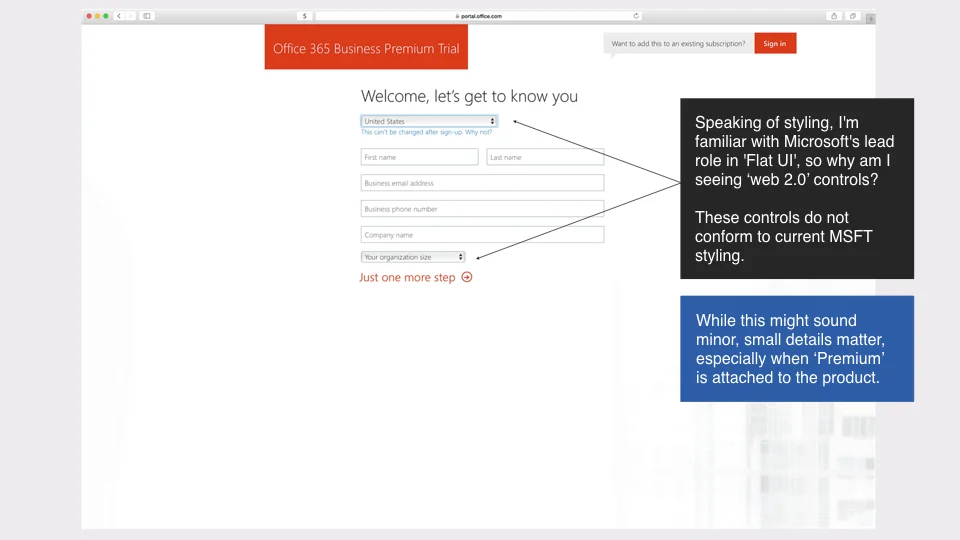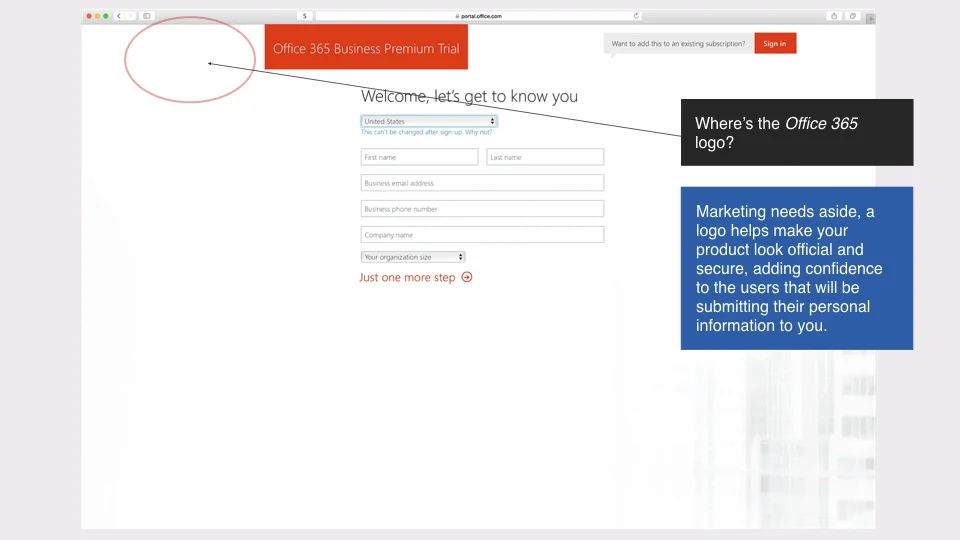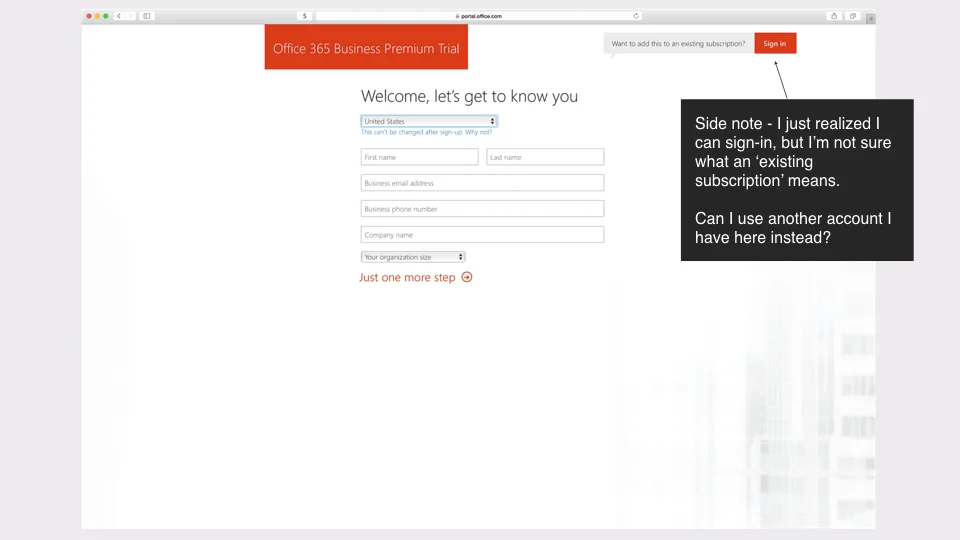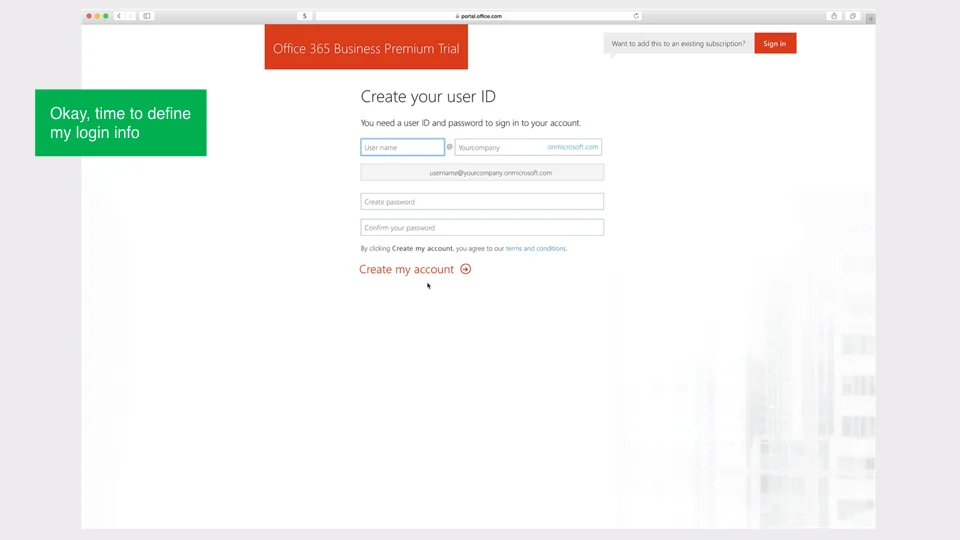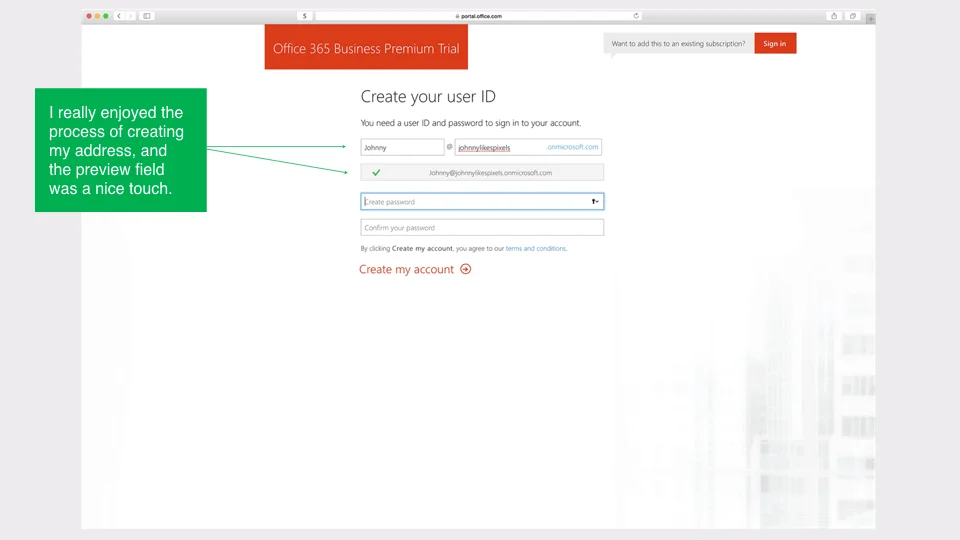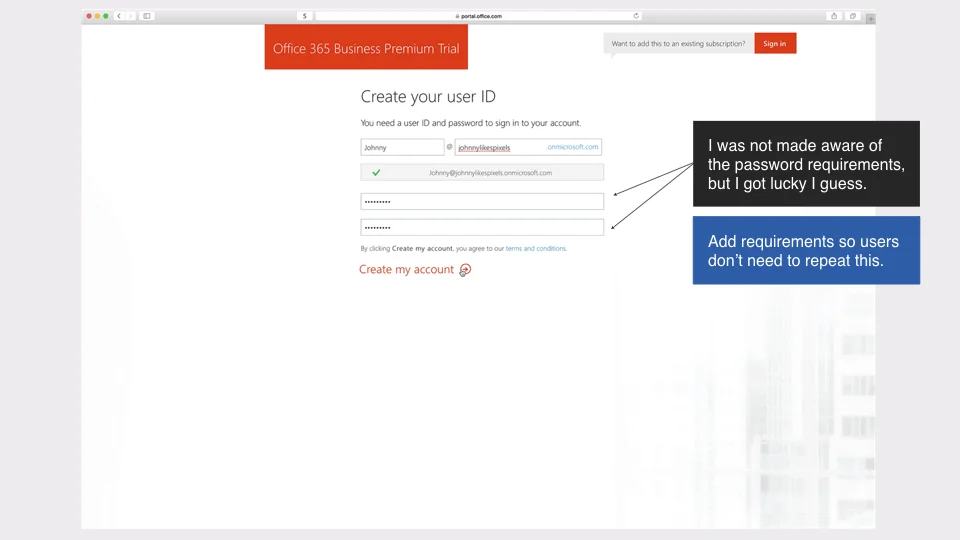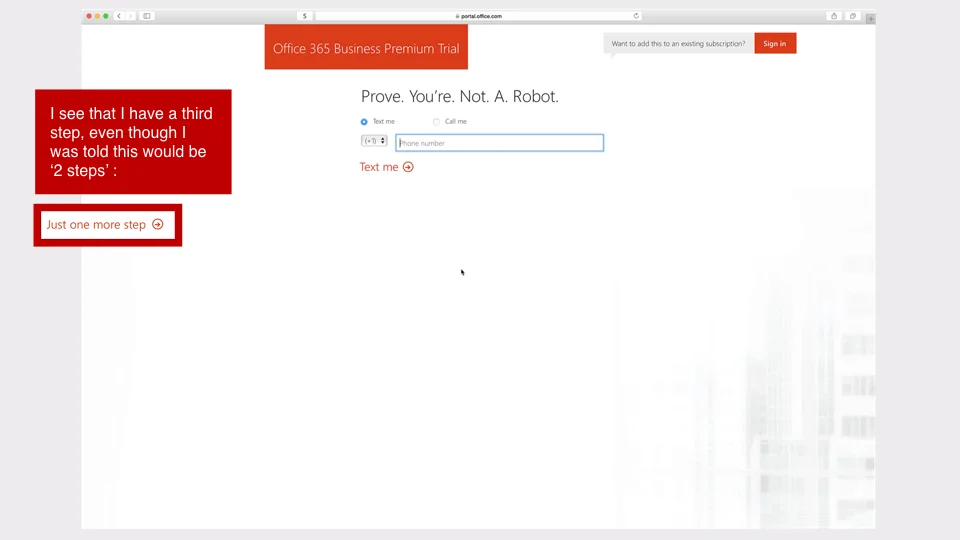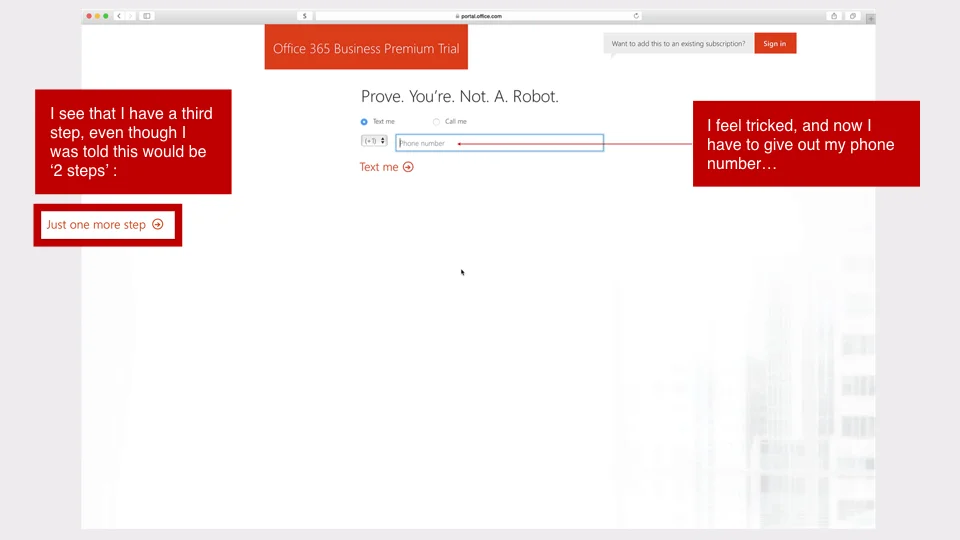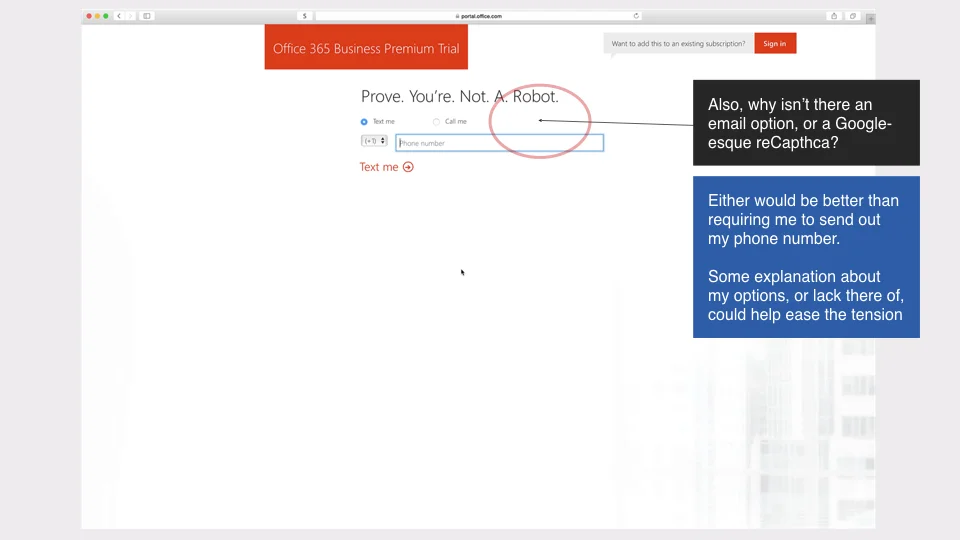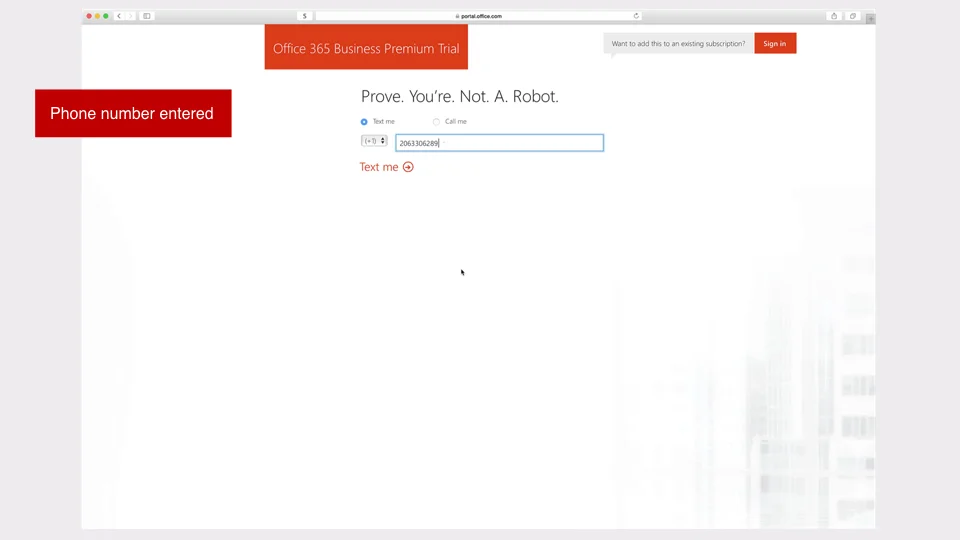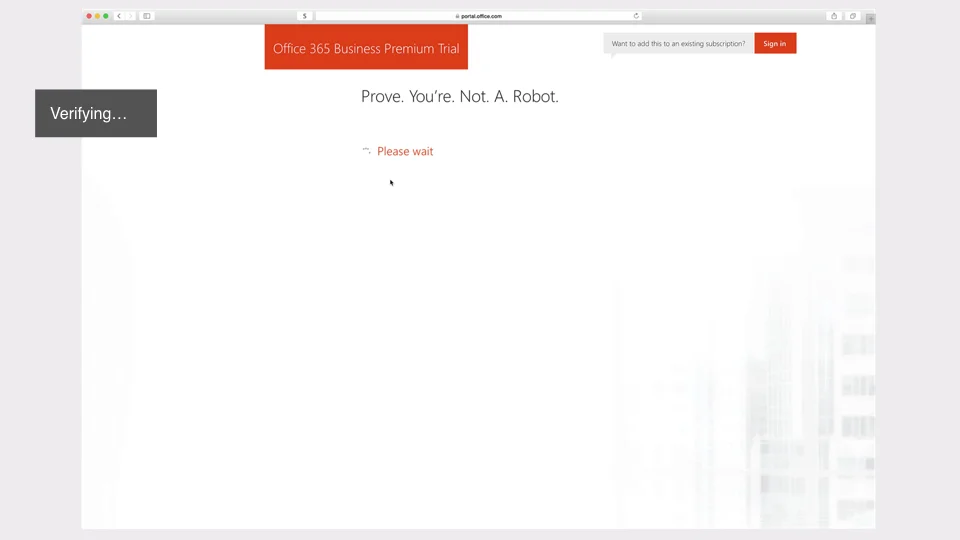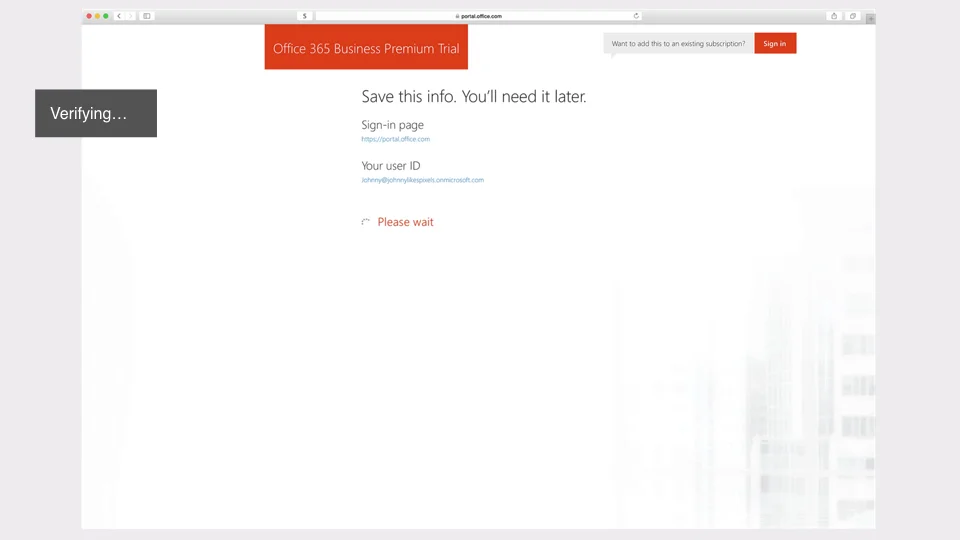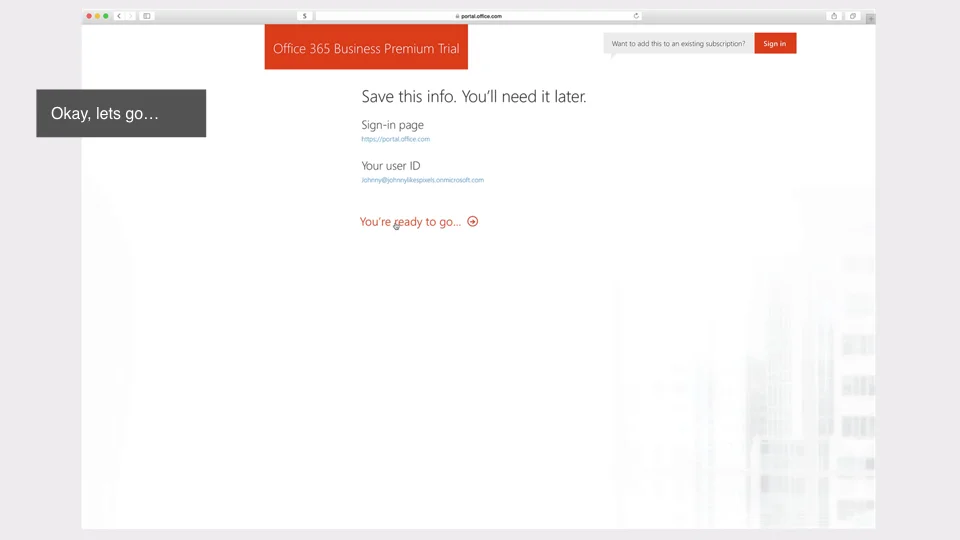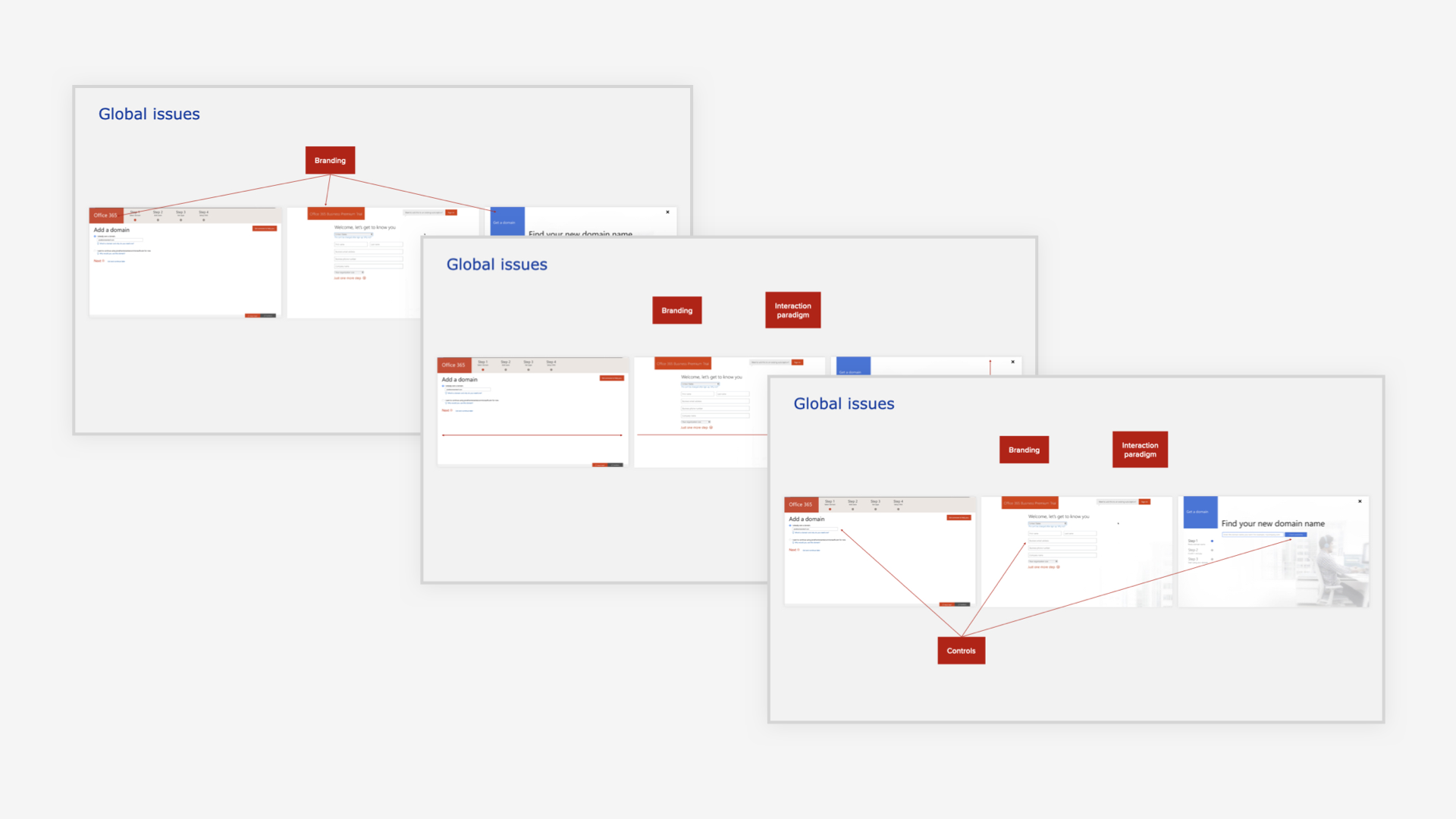Decoding the cryptics of low user satisfaction scores
Summary: Identified the issues out of client's control and provided guidance to optimize the issues within their control
Problem
Why where user satisfaction scores of the Office 365 Admin Team's domain setup workflow remaining low despite their repeated efforts at enhancing it?
Client request
- Identify user dissatisfaction pain-points, explore issues and causes, suggest and drive improvements
- Develop phased solution to improve KPI scores, align it to short and long-term goals
- Techincal constraints prohibit further refinements to the workflow process, therefore solutions are limited to front-end UX
- Deliver guidance documentation & other collateral to steer current and future design and development
Agency goals
- Demonstrate the value Valorem Consulting offers to the Office 365 CTX team
- Develop monthly UX service relationship Prioritize improvements for post-engagement development
- Win engagements with other teams in the Office 365 Org
Process
Framing the problem
- Held kick-off meeting with the client team to discuss the goals the engagement, identify the problems to solve, and define the audience and scenarios to audit
- Ran audit of end-to-end scenarios to empathize with users in order to discover experiential problems
- To help synthesize my findings I compiled all observations, experience notes, and screen recordings into a click-thru of the entire end-to-end experience.
- Identified scenarios in which responses to the customer experience survey of client-owned worflows were being negatively influenced by upstream workflows existing outside of the client's domain
Solution ideation
- Created a journey map to identify peak moments and pain-points in order to further investigate my findings. This led me to theorize that a large portion of sub-par KPI scores could be explained by the "peak-end rule"
- Shared findings with design team, conducted brainstorming sessions to identify solutions to problems within client's control
- Reviewed insights and solutions with internal stakeholders and design team colleagues
Design handoff
- Presented audit results and recommended solution to client
- Extended initial engagement and secured ongoing agency-client relationship
Audit overview
Inspiration
In order to empathize with users and discover problems to solve I conducted an audit of client-provided scenarios. All notes and observations were added to a click-thru to synthesize findings.
Insight
It became clear that KPI's were likely being negatively influenced by upstream workflows existing outside of the client's domain, leading me to theorize that a large portion of sub-par KPI scores could be explained by the "peak-end rule"
Ideation
To identify solutions to problems within client's control I engaged in the following activities: Journey map creation; group brainstorming, idea bundling; wireframing.
Handoff
I formalized my work (including the click-thru experience, insights, and recommedations) compiled everything for handoff, and presented my findings to the client.
Result
- Identified that persistent sub-par KPI scores were largely a reflection of upstream issues outside of the client's control
- Provided actionable items to immediately address pitfalls in key workflows to ensure continued integrity of KPI scores
- Delivered guidance to steer feature enhancements in upcoming phases
- Extended initial engagement (I conducted 4 additional audits) and secured ongoing agency-client relationship.
Engagement details
Agency: Valorem;
Client: Microsoft Office;
Role: Lead Design Consultant;
Team: J. Roca, D. Haralson, H. Lee;
Duration: 5 months;

